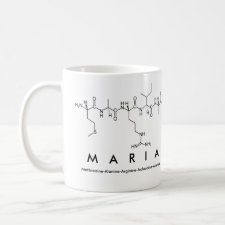
Authors: Pupin RR, Foguel MV, Gonçalves LM, Sotomayor M
Article Title: Magnetic molecularly imprinted polymers obtained by photopolymerization for selective recognition of penicillin G.
Publication date: 2020
Journal: Journal of Applied Polymer Science
Volume: 137
Issue: (13)
Article Number: 48496.
DOI: 10.1002/app.48496
Abstract: Some of the most important life-saving medications are β-lactam antibiotics (such as Penicillin G). However, these medicines have not adequately been discharged into the environment; penicillin residues offer health risks and enhance the development of resistances. Thus, its selective separation from complex matrices is a challenge worth tackling. A novel strategy of synthesis, by photopolymerization, was applied to develop magnetic molecular imprinted polymers (mag-MIPs) aiming the recognition of penicillin G (also known as benzylpenicillin). Photopolymerization, when compared with the more common thermopolymerization, has the advantage of occurring at lower temperatures, which prevents analyte degradation. The Mag-MIP presented higher surface area than the conventional MIP and good adsorption capacity of the analyte while maintaining its selectivity. The synthesized material was characterized by X-ray diffraction, showing that the magnetite nanoparticles were formed and the MIP polymerization on their surface was performed, once the material was amorphous. Furthermore, the pore formation was evaluated by BET, indicating a high surface area (832 m2 g-1) and large pore volume (0.80 cm3 g-1) in the mag-MIP compared to the magnetic non-imprinted polymer (mag-NIP: 147 m2 g-1 and 0.33 cm3 g-1). © 2019 Wiley Periodicals, Inc. J. Appl. Polym. Sci. 2020, 137, 48496
Template and target information: penicillin G
Author keywords: biomimetic materials, extraction, molecular imprinting and recognition, photopolymerization, sample preparation, Separation science



Join the Society for Molecular Imprinting

New items RSS feed
Sign-up for e-mail updates:
Choose between receiving an occasional newsletter or more frequent e-mail alerts.
Click here to go to the sign-up page.
Is your name elemental or peptidic? Enter your name and find out by clicking either of the buttons below!
Other products you may like:
 MIPdatabase
MIPdatabase









